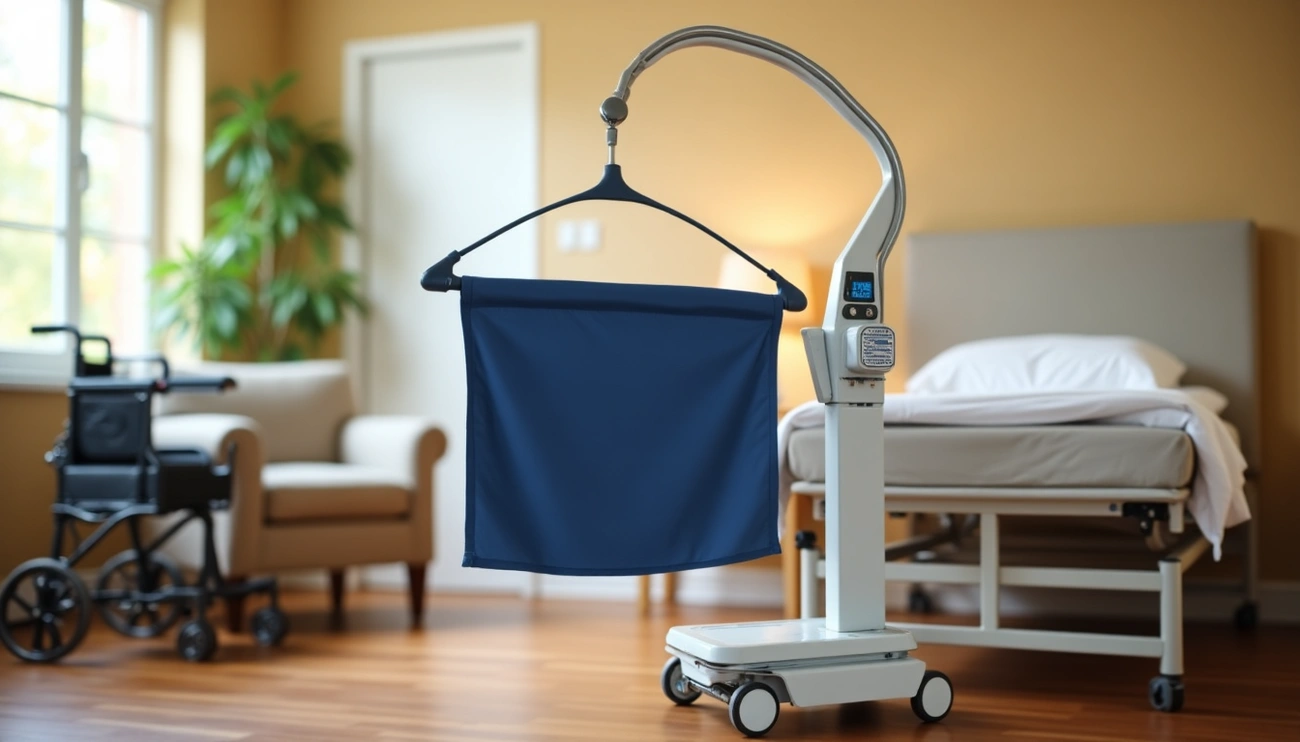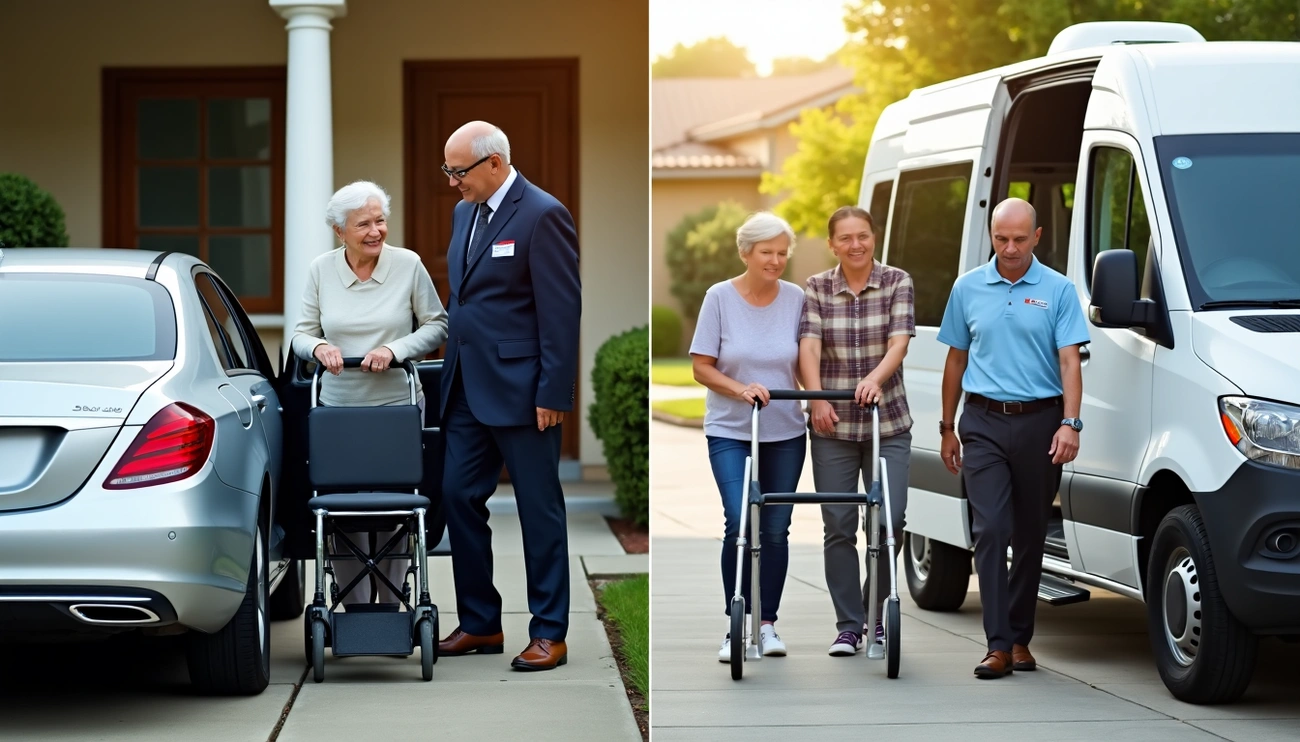Reverse Mortgages Satisfy Broad Range of Needs for Senior Homeowners
William and Betty Ellis of Vancouver, WA, needed home modifications to make life more comfortable for Mrs. Ellis after she suffered a debilitating stroke. John and Helen Foy wanted to cruise the Pacific Coast Highway on their Harley-Davidson. What do these two seemingly unrelated stories have in common? Both were made possible by a unique financial tool called a reverse mortgage.
Over the past several years, seniors have used reverse mortgages to help them generate the cash needed to assist with a wide variety of financial needs. These loans are designed to give senior homeowners access to the wealth they have built up in their homes.
Last year, they helped about 10,000 seniors remain in their homes, while at the same time helping to fund health care expenses, pay for modifications to make their houses safer and more comfortable, or simply to create an income stream that provided additional cash and peace of mind.
“Many consumers assume that they can’t access the equity in their homes without exhausting their monthly budget on new loan payments,” said Peter Bell, president of the Washington-based, non-profit National Reverse Mortgage Lenders Association. “But reverse mortgages enable seniors to turn the equity they have accumulated in their homes into usable cash that doesn’t require immediate repayment or force them out of the home.”
This versatility appealed to the Ellis’, who used proceeds from a reverse mortgage to add a downstairs bedroom, and the Foys’, who purchased a sidecar for their motorcycle.
Commented Mr. Ellis, “I didn’t want to get another regular mortgage because that would have meant making a monthly payment, so the next logical step was to get a reverse mortgage.”
What is a Reverse Mortgage?
The reverse mortgage is aptly named because the payment stream is “reversed.” Instead of a borrower making monthly payments to a lender, as with a regular mortgage, the lender makes payments to the borrower. While a reverse mortgage loan is outstanding, the borrower owns the home, holds title to it, and does not make any monthly mortgage payments.
Types of Reverse Mortgages
There are currently three reverse mortgage products available to consumers at the present time. The most popular is the federally-insured reverse mortgage, called the Home Equity Conversion Mortgage (HECM). The HECM is insured through the Federal Housing Administration (FHA), which is part of the U.S. Department of Housing and Urban Development (HUD).
Seniors can also choose the Home Keeper® reverse mortgage, developed in the mid-1990s by Fannie Mae, a corporation based in Washington, DC. A companion product is the Home Keeper® for Home Purchase loan, a specially designed product that allows seniors to use a reverse mortgage to purchase a new home.
Financial Freedom Senior Funding Corporation, of Irvine, CA, has developed a proprietary “jumbo” reverse mortgage – called the Cash Account Plan – that lends up to $1 million. The HECM and Home Keeper products are available in every state, while Financial Freedom’s product is currently offered in 24 states.
Qualifying for a Reverse Mortgage
To qualify for a reverse mortgage, a borrower must be 62 years or older, and be a homeowner (and have equity in their home). There are no income or medical requirements to qualify.
The property used as collateral for the loan may be a single-family home, condominium, or manufactured/mobile home (built after 1976). Cooperatives are currently ineligible, although legislation to allow cooperatives was passed by the U.S. Congress last year and will soon be implemented by HUD.
Disbursement of Reverse Mortgage Proceeds
Once a borrower qualifies for a reverse mortgage, there are several options for how the funds can be disbursed. They include a lump sum (entire loan amount is provided up-front to the borrower); tenure payments (monthly payments are provided to the borrower for as long as they occupy the home); term payments (monthly payments are provided to the borrower over a specified period of time); credit line (borrower draws on the money as needed); or combination payment (borrower receives a combination line of credit and monthly payments).
The most popular option – chosen by more than 60 percent of borrowers – is the line of credit. Borrowers can change payment options at any time, subject to a small fee. One interesting feature with the line of credit (HECM only) is that it grows. The growth rate is equal to the prevailing interest rate being charged on the loan.
As an example, say the interest rate on a HECM reverse mortgage is 4%. If a borrower obtains a $100,000 reverse mortgage and he or she chooses not to access those funds, then at the end of the year, the balance would be $104,000.
Using Your Reverse Mortgage
The proceeds from a reverse mortgage can be used for anything. Typically, they are used for the following reasons: supplement income; home repairs and improvements; medical bills and prescription drugs; debt abatement; education; travel; long-term care insurance; and prevention of foreclosure.
It is possible for a senior to get a reverse mortgage, even if they still owe money on a first or second mortgage. In fact, many seniors use the proceeds from a reverse mortgage to pay off mortgage debt, or a credit card balance.
However, if there is an outstanding mortgage, all or a portion of the proceeds from the reverse mortgage must first be used to pay off the debt because the reverse mortgage can be the only lien on the property.
If a borrower’s home mortgage debt exceeds the amount of money they could get with a reverse mortgage, then they cannot get the reverse mortgage.
Size of the Loan
The amount of money a borrower can get from a reverse mortgage depends upon their age, the type of reverse mortgage they choose, the value of their home, current interest rates and sometimes where they live. In general, the older a person is, and the more valuable their home (and the less they owe on their home), the larger the reverse mortgage.
For example, a 62-year-old borrower may qualify for a loan equal to 35-40 percent of the home’s appraised value, while an 85-year-old may qualify for a loan equal to 65-70 percent of the home value.




